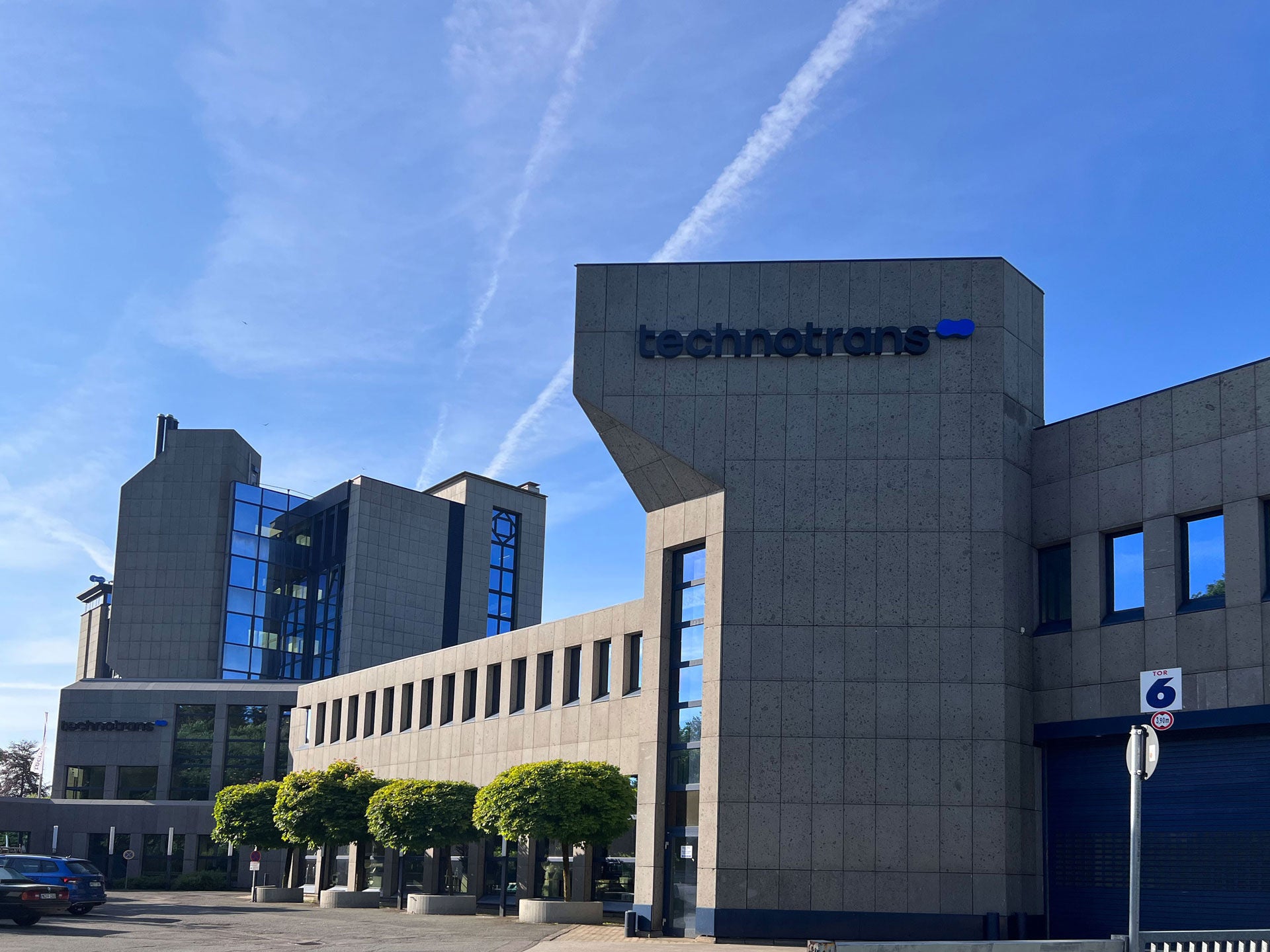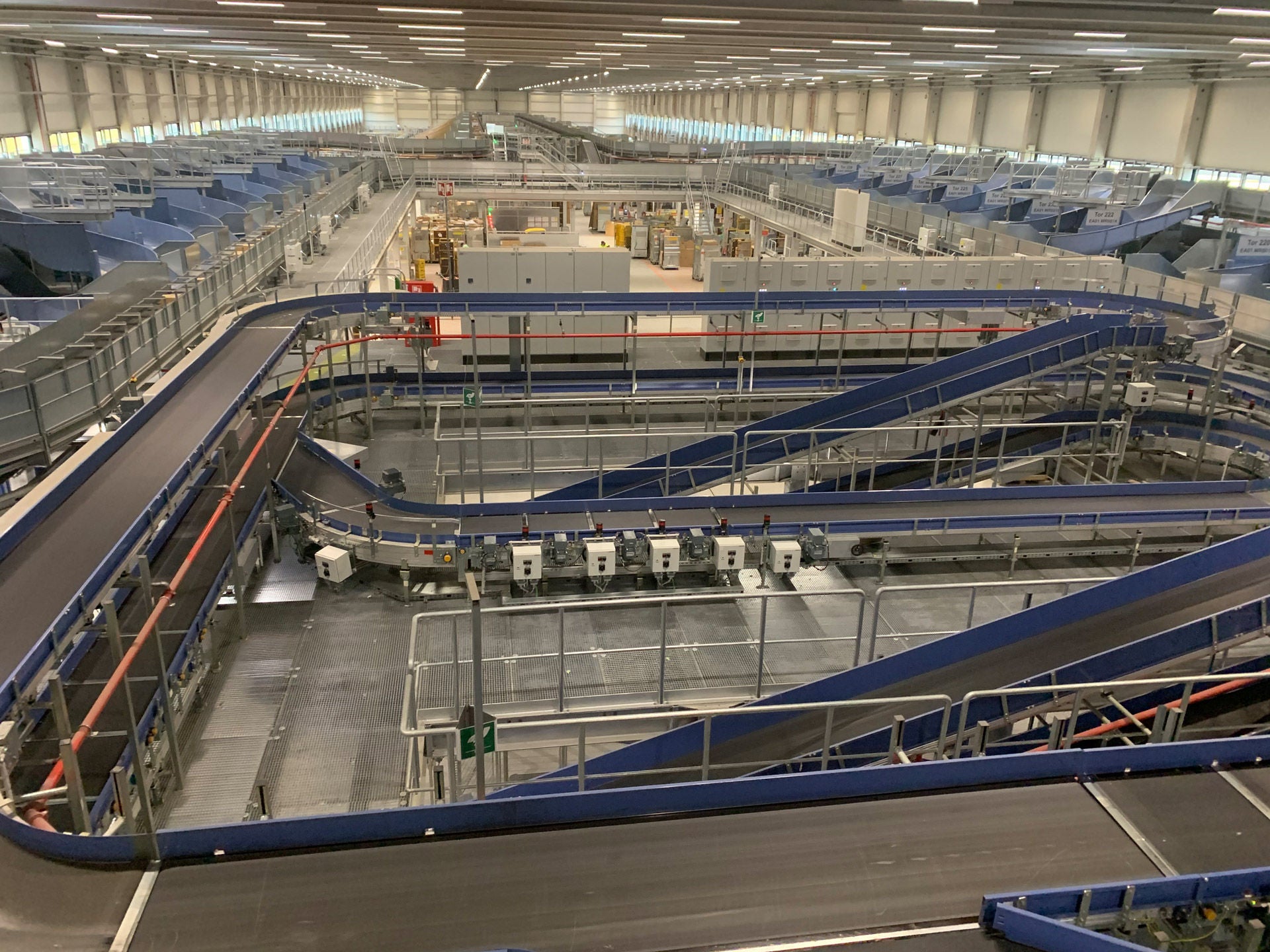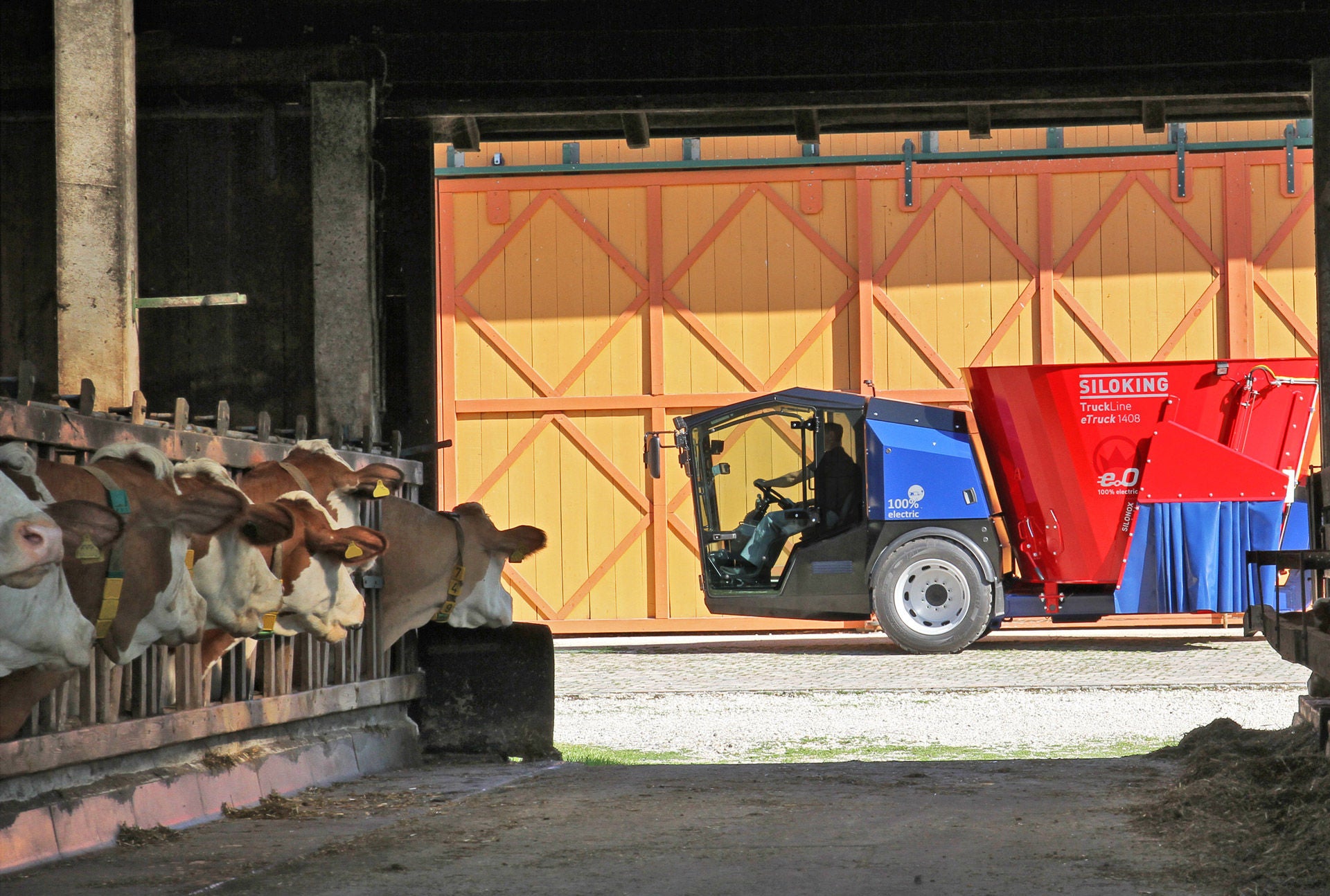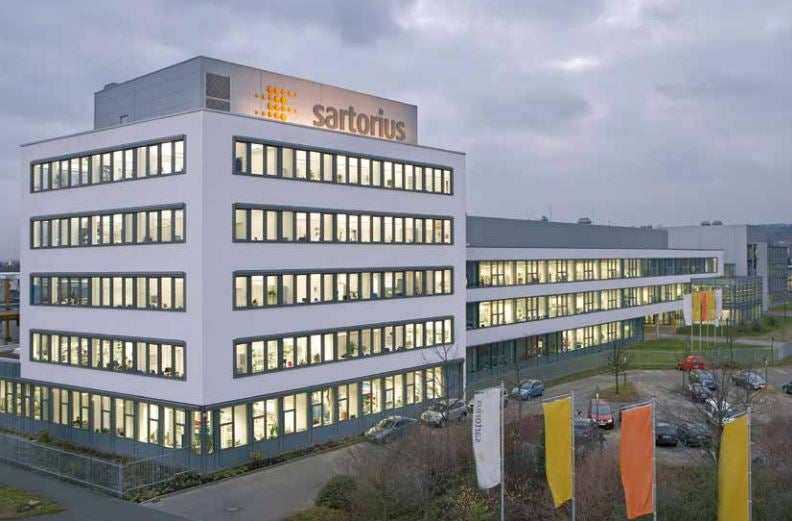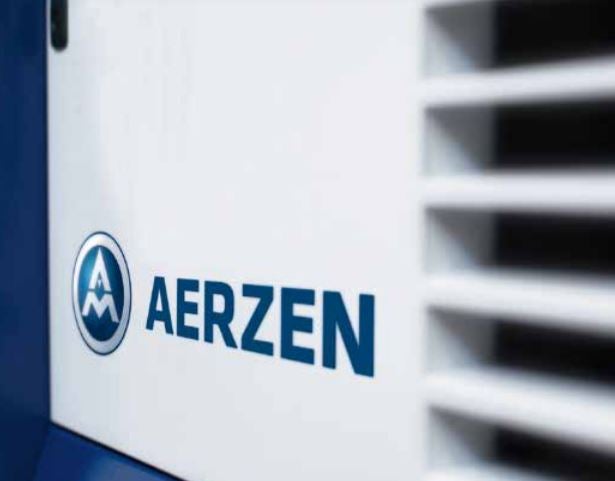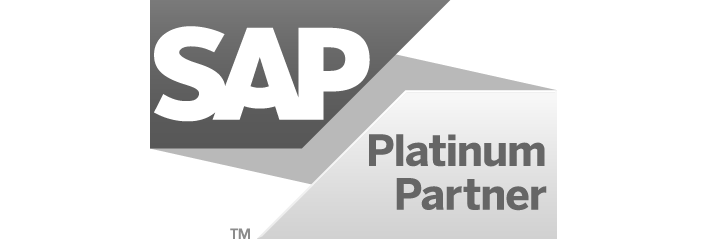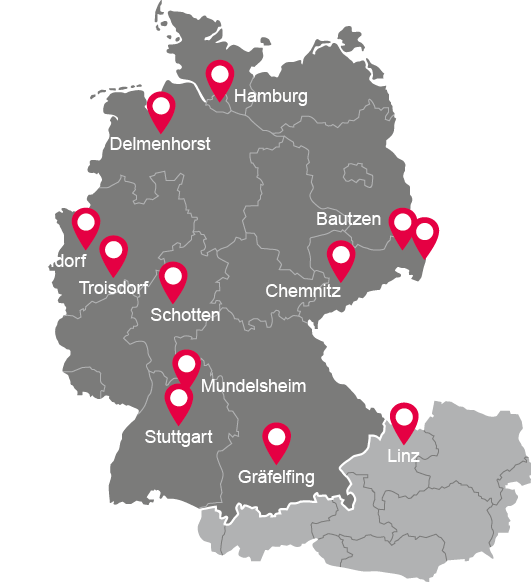A version usually refers to a specific edition or a specific status of a document or software. It is often used to indicate significant changes or new features. For example, version 2.0 of a software might contain significant new features compared to version 1.0.
A revision, on the other hand, often refers to minor changes or corrections within a particular version. Revision numbers are used to document minor updates, bug fixes or adjustments made within the same major release. For example, a version 2.0 could have multiple revisions such as 2.0.1, 2.0.2, etc. that represent minor changes or bug fixes.
In summary, a version marks major development stages with new functions and extensive changes, while a revision describes minor adjustments or corrections within an existing version.











